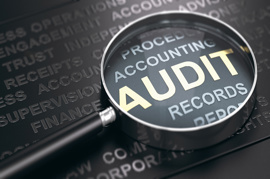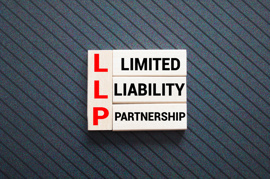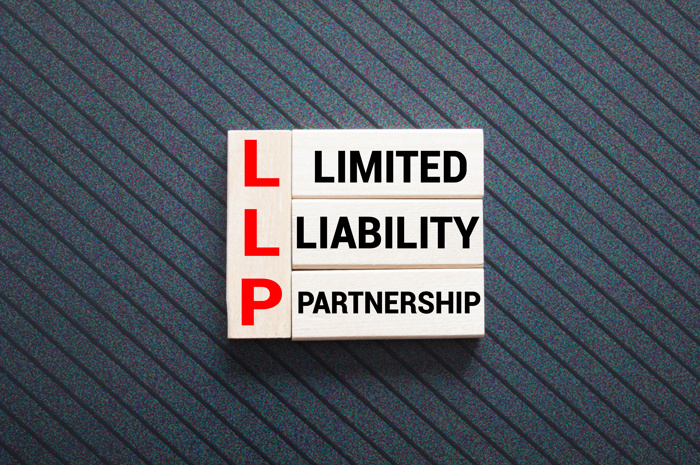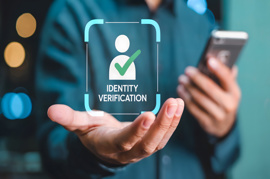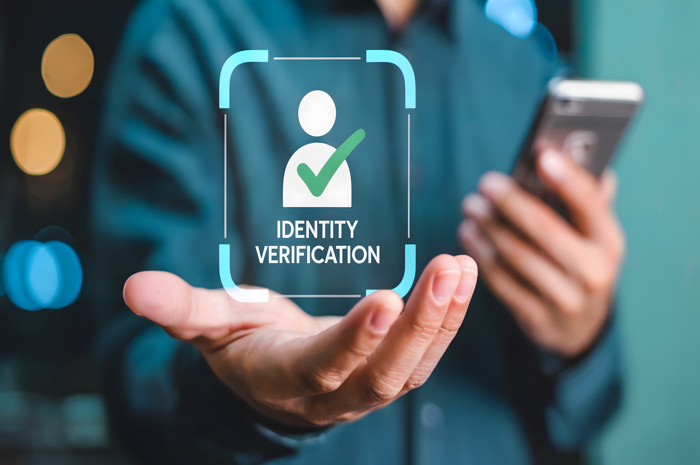What is a Limited Liability Partnership (LLP)?
It is a type of business structure that combines aspects of a typical partnership and a limited company and it is defined as having a legal identify separate to its members. Members within an LLP are protected by limited liability, which means that members are only personally liable for the debts and obligations of the business up to the amount they have invested or contribute to the business.
Who can set up an LLP & what are the requirements?
A UK Limited Liability Partnership (LLP) must have at least two registered members with Companies House. While there is no upper limit on the number of members, the LLP must always have at least two active (designated) members. If the number falls below two, the LLP may be at risk of being struck off by Companies House.
There are two types of members: ordinary and designated. Designated members have the same rights and duties like any other ordinary member, but they have extra responsibilities that the law expects to be fulfilled. These include:
• Submitting annual accounts to Companies House.
• Signing accounts on behalf of members
• Delivering and signing confirmation statement to Companies House
• Informing Companies House of any changes to LLP membership, registered office address, or the LLP’s name.
• Managing the LLP’s affairs in the event it is wound up and dissolved.
• If required, appointing an auditor
You can also change the status of the members from designated to ordinary or ordinary to designated at any time, as long as there are at least 2 designated members.
Filing requirements for an LLP:
LLPs are expected to file their annual accounts at Companies House, alongside the confirmation statements every year.
All partnerships, which includes LLPs, general partnerships and limited partnerships are expected to file a SA800 (self-assessment partnership tax return) every year. The SA800 declares the partnership’s total income and expenses, including profit or loss over the financial year. It represents the overall tax return for the LLP as a single entity, rather than for its individual members.
The individual members within the partnership are then expected to disclose their share of the profits earned in the LLP in their personal tax return – the SA100, specifically the SA104.
Your filing tax returns (SA800, SA100) has to be submitted to HMRC by 31st October by paper but if you choose to file online, it must be filed by 31st January following the end of the tax year.
How to file through our software:
With Easy Digital, you can easily file your LLP accounts and tax returns to both Companies House and HMRC - all in one place, with zero hassle. Let’s start by walking through the Companies House submission process.
In your account, select ‘add filing’ (top right blue button) and in the ‘show me’ product filter, select ‘Partnerships’. You should then see ‘Companies House Submission for Micro/Small Limited Liability Partnership (LLP)’, Once you click on the relevant option, depending on the entity size, please then enter the reporting period start date and select ‘create filings’.

You should then see two filings in your account: LLP Micro Accounts for Companies House and the Companies House accounts submission.

You’ll need to complete the LLP Information, balance sheet and the balance sheet notes all within the micro accounts. Then, hit save and click the green ‘ready to file’ when you are ready to submit.
Then, open the Companies House accounts submission filing, where you’ll need to attach the completed LLP micro accounts in box 700 (if not done so already) and enter the Companies House authentication code in box 705. You can then click save and set this to ‘ready to file’ too.
To submit, click the flashing red arrow under the submit/result column and that’s your Companies House accounts submission completed!
Now, let’s move on to helping you meet HMRC’s filing requirements.
Click ‘add filing’ (top right blue button) and in the ‘show me’ product filter, select ‘Partnerships’ and click ‘Self Assessment: Partnership Tax Return (SA800)’ and enter the reporting start date. You can then complete the relevant sections including any applicable sections within the supplementary pages section, before setting this filing to ready to file. Press the flashing arrow to now submit to HMRC, and you’re all done!

When it comes to filing credentials, make sure you have the following details ready, as you'll need to enter them in the SA800 form to successfully submit it online:
• UTR (10 digits)
• User ID (12 digits) – from your HMRC Government Gateway account
• Password – for your HMRC Government Gateway account.
Each partner will need to be given a copy of the partnership statement, which details their share of the LLP's income, so that they can report it on their SA100 self assessment.
Understanding how you can set up and maintain a Limited Liability Partnership is crucial to staying complaint and protecting your business. Ready to file? Get started with Easy Digital today.


